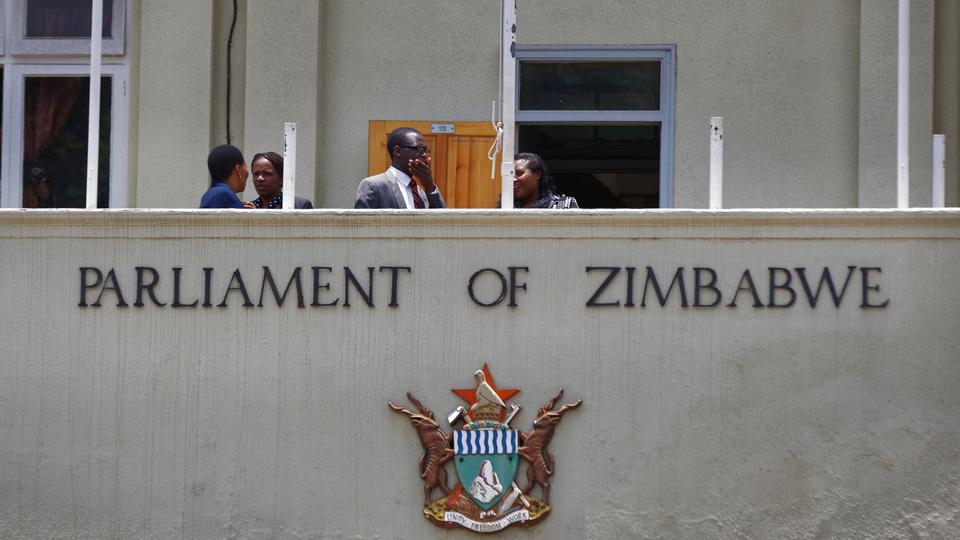
Fidelity Printers and Refiners (Fidelity), the country’s sole gold buyer, says gold output could hit 50 tonnes in two years on the back of a central bank support to the small-scale mining sector, but cautioned that output was less likely to double without discovering new reserves.
BY MTHANDAZO NYONI
Government wants the gold sector to ramp up to 100 tonnes per annum by 2030.
The target may be achieved if the Reserve Bank of Zimbabwe (RBZ) expanded its gold financing facility for the small-scale sector to cover resource definition, Fidelity general manager Fradreck Kunaka told NewsDay on the sidelines of a gold mining indaba held in Bulawayo on Thursday.
Resource definition helps to identify economically exploitable mineral resources.
Small-scale operators, which account for over 60% of total gold deliveries to Fidelity, generally lack the financial and technical capacity to delineate reserves within their claims or on new tenements.
Reserve Bank of Zimbabwe governor John Mangudya told NewsDay recently that the central bank was considering increasing the Gold Initiative Development Fund from $150 million to $200 million.
“If the reserve bank avails that money (additional $50 million), I think we should be able to get closer to 50 tonnes plus in the next year or two, given that support, because it will also help us to assist the miners, especially in terms of defining their resources,” Kunaka said.
- Chamisa under fire over US$120K donation
- Mavhunga puts DeMbare into Chibuku quarterfinals
- Pension funds bet on Cabora Bassa oilfields
- Councils defy govt fire tender directive
Keep Reading
“That’s one area (resource definition) where there has been a gap.
But now if those funds then come in, we should be able to channel part of those proceeds towards the evaluation of resources.”
Zimbabwe lags behind by more than 40 years in Greenfield exploration to discover potentially mineable deposits, according to the Geological Survey of Zimbabwe. The discovery rate has also fallen to near-zero since the 1990s.
“I think currently there has been a lot of effort directed at processing what has already been extracted when there has been a little information with regards what is still in the ground.
This is the area we need if we are going to sustain and even grow the industry to the 100-tonne per annum target that has been set at national level.”
Kunaka feels that part of the Gold Initiative Development Fund should be used to support exploration activities in the small-scale sector.
The RBZ established the fund in October 2016 to help small-scale miners procure mining machinery from local manufacturers at a concessional interest rate of 10% per annum in an effort to boost output.
It has been reported that so far two-thirds of the $150 million had been disbursed to some 300 small-scale miners around the country.
Since gaining access to the fund, small-scale miners have trebled their gold production and leapfrogged large-scale producers.
In August 2018, small-scale miners contributed 77% (3,03 tonnes) to the total gold deliveries of 3,92 tonnes recorded by Fidelity.
This year, gold output is expected to breach the 30-tonne target.
In the first eight months of the year alone, deliveries reached 24,74 tonnes.











